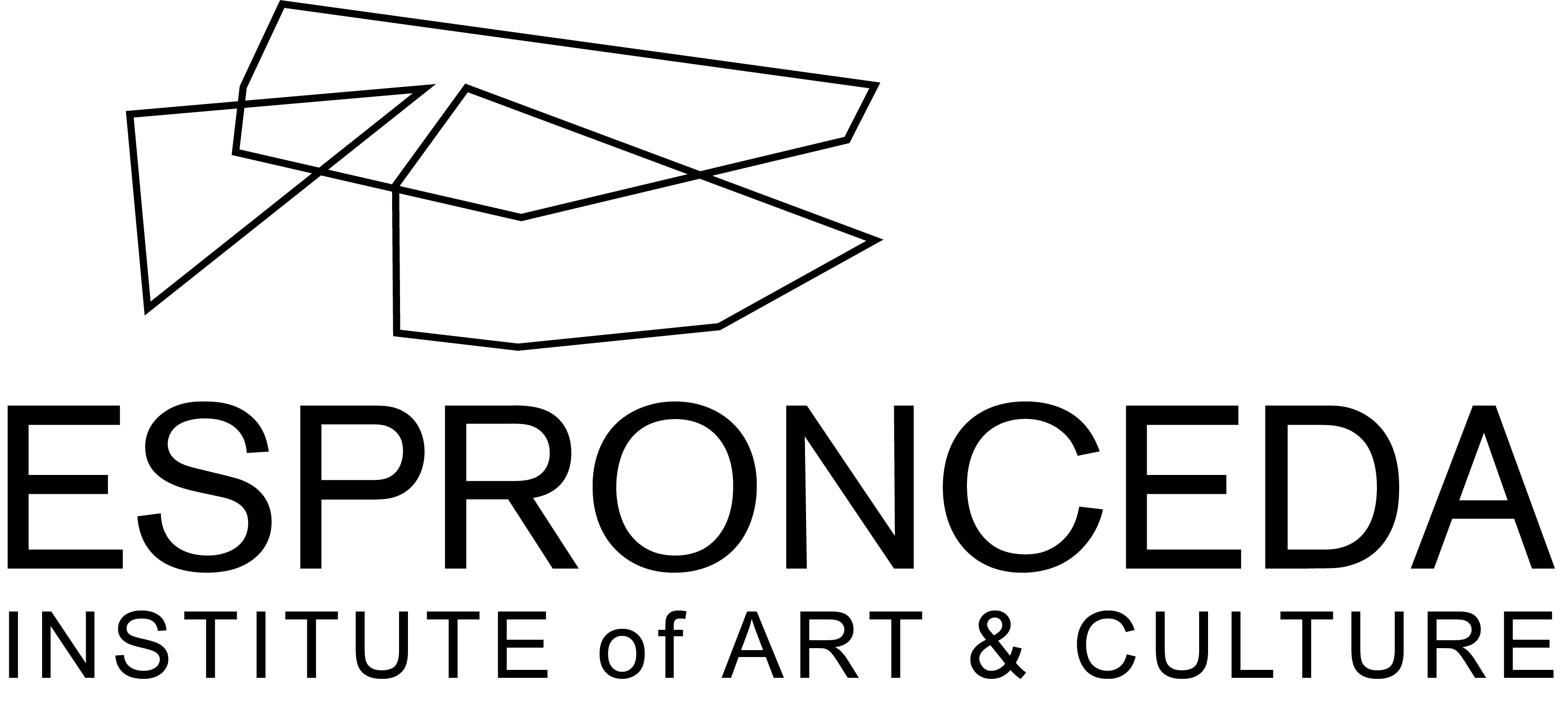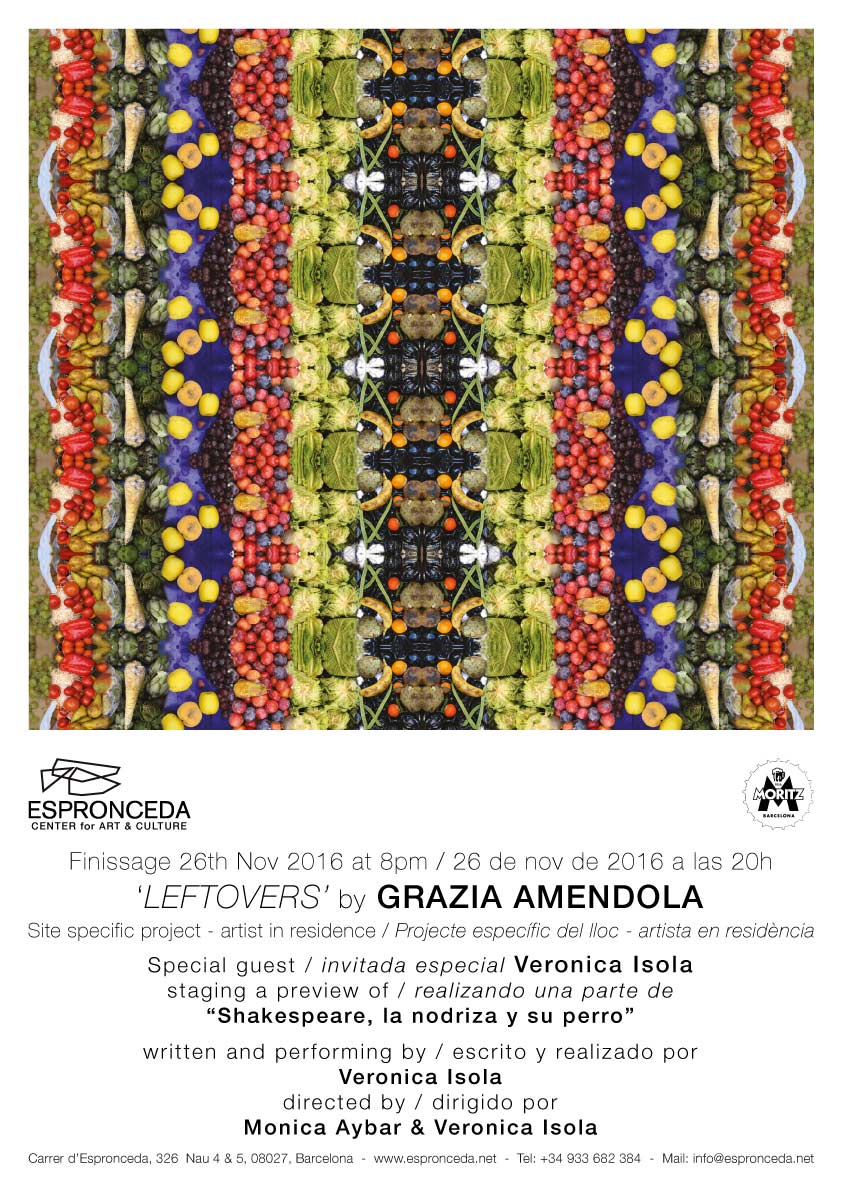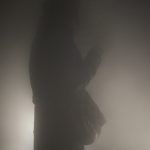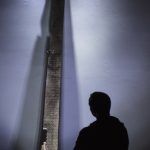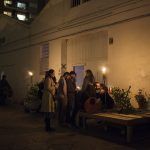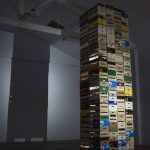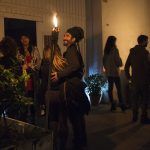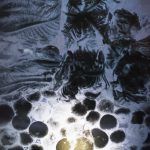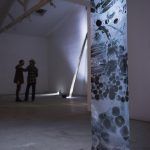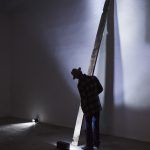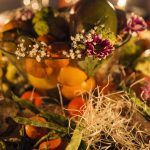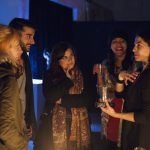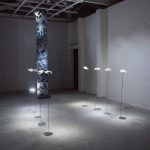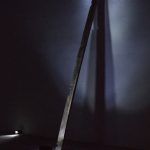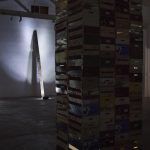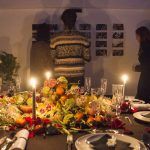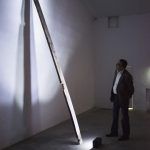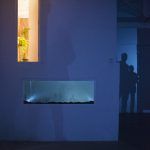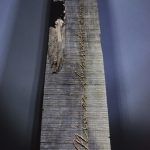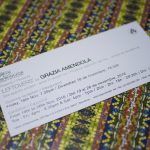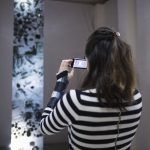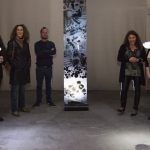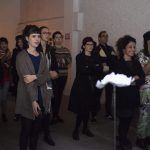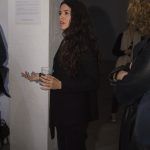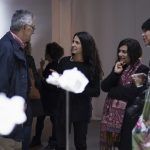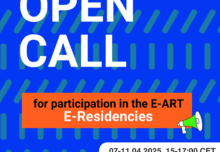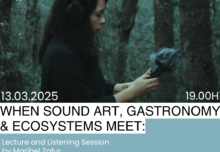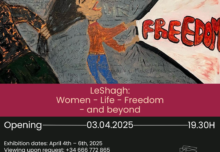www.graziaamendola.com
www.veronicaisola.com
Video of Veronica Isola
“LEFTOVERS”
by GRAZIA AMENDOLA
Site specific project – Artist in residence
You are cordially invited on Saturday 26th of November at 8.00pm.
Exhibition was running from the 19th of November to the 26th of November, 2016.
An opportunity to discover her artistic project Leftovers a research realized in connection with the Barcelona’s markets, during her Residency at Espronceda Center in Barcelona.
Special guest Veronica Isola, staging a preview of “Shakespeare, la nodriza y su perro” inspired by “Romeo and Juliet”, written and performing by Veronica Isola, directed by Monica Aybar and Veronica Isola.
FREE ENTRY
VERNISSAGE WAS ON 18th NOVEMBER AT 7.30 pm
OPENING HOURS WERE FROM: Tuesday to Friday, from 4pm to 8.30pm / Saturday from 4pm to 7pm
Grazia Amendola’s project is inspired by the popular markets of Barcelona, by their particular structure, colors, food and sounds that make them alive and dynamic. The research will focus in particularly on the concept of “leftovers” as a metaphor and a socio-anthropological reflection for the value of the food and the re-use of it, when it is possible. Beyond the esthetically beauty aspect of the perfect “object” those scented, captivating merchandise towers after the closing time become waste, rubbish, “leftovers”. The artist wants to rework heaps of garbage, rubble scrap, production waste in creating impressive and massive towers in so doing the consumer goods are denuded by their social nature in becoming a hypnotic form dressed in sacredness.
Grazia Amendola wants to underline also the importance of the markets as a significant centre of daily life and culture of an area, places that produce and reproduce daily relationships between people, triggering processes of socialization in a mechanism of anthropological automatism. Her reflection will refer to the essence of the perfect food, the “waste”, the life of workers in the market in connection with the poetry of José de Espronceda, in particularly his poem “The mendigo”. The exhibition space becomes a sort of translation of a “leftovers” produced in the market, by allegorically reporting food poetry, telling a story on human experience behind a – ” market stalls”, a worker. The approach to the exhibition site is direct and the place itself becomes the starting point for the development of the artistic research. This principle is one of the main aspect of Grazia Amendola’s work which she continuously try to relate to the environment in which they were born and took shape, highlighting the ongoing relationship between man and nature, in a balance derived only from mutual and constant respect.
(The world is mine, as free as air. Let others work that I may eat).
